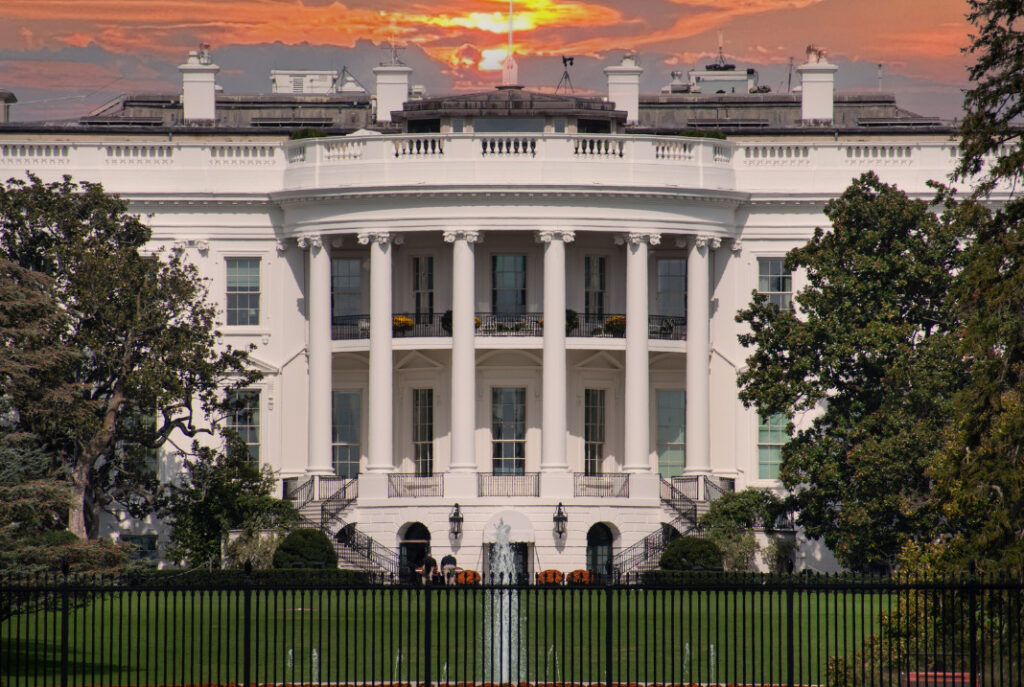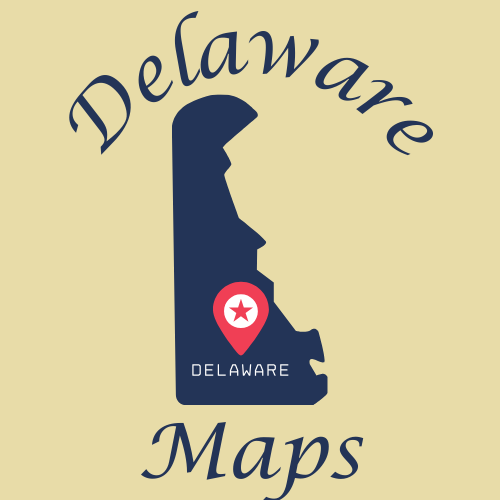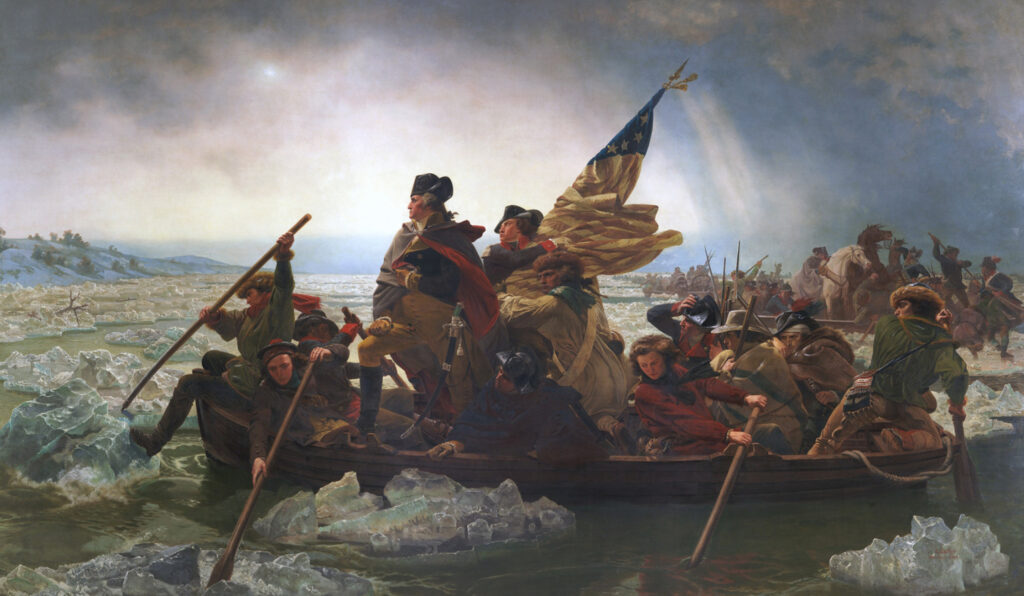
Early Inhabitants of Delaware
Long before European settlers arrived, Delaware was home to several Native American tribes, primarily the Lenape and Nanticoke. These indigenous groups thrived in the region, taking advantage of Delaware’s rich natural resources, including its rivers, forests, and coastal areas.
The Lenape
The Lenape, also known as the Delaware people, primarily inhabited the northern part of what is now Delaware. They lived in small, semi-permanent villages and practiced a combination of farming, hunting, and fishing. Corn, beans, and squash were their staple crops, while deer and fish supplemented their diet. The Lenape had a well-organized society with matrilineal clans, meaning lineage and inheritance were traced through the mother’s family line.
The Nanticoke
The Nanticoke tribe occupied the southern regions of Delaware, particularly along the Nanticoke River. They were skilled hunters, fishermen, and traders, relying heavily on the region’s waterways for transportation and sustenance. The Nanticoke also engaged in trade with other Native American groups, exchanging goods such as shell beads and animal furs.
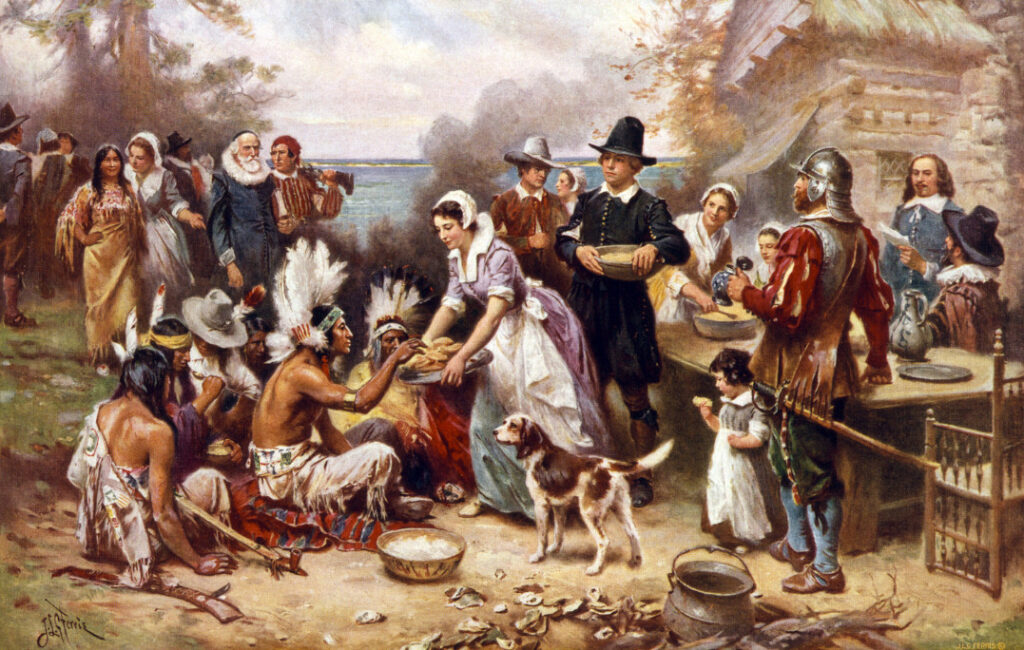
European Exploration and Colonization
The history of European exploration in Delaware began in the early 1600s, driven by the desire to expand trade routes and establish colonies in the New World. Over several decades, the region saw control shift between various European powers, including the Dutch, Swedes, and English, all of whom left lasting cultural influences on the area.
First European Explorers
In 1609, the English explorer Henry Hudson, sailing on behalf of the Dutch East India Company, became the first European to explore the Delaware Bay and River. Soon after, in 1610, the English captain Samuel Argall named the bay and river after Thomas West, Lord De La Warr, the governor of Virginia. This marked the first recorded use of the name “Delaware” for the region.
Dutch Settlements
In 1631, the Dutch West India Company established Delaware’s first European settlement near present-day Lewes. The settlement, known as Zwaanendael (meaning “Swan Valley”), was intended to promote whaling and trade. However, it was short-lived; within a year, conflict with local Native American tribes led to the destruction of the settlement.
The Swedish Colony: New Sweden
Despite Dutch claims to the region, the Swedes established a foothold in 1638 with the founding of New Sweden. Led by Peter Minuit, a former Dutch colonial governor, they built Fort Christina (in present-day Wilmington), named in honor of Sweden’s Queen Christina. The Swedes introduced log cabin construction, a building style that would become iconic in American frontier life.
New Sweden thrived for nearly two decades, focusing on fur trade and farming. The Swedish influence in Delaware was significant, with settlers establishing close relations with local Native American tribes and expanding settlements along the Delaware River.
Dutch Reassert Control
In 1655, the Dutch, determined to reclaim control of the region, sent an expedition led by Peter Stuyvesant, the governor of New Netherland. Stuyvesant successfully captured Fort Christina, ending Swedish rule. The region was absorbed into the Dutch colony of New Netherland, but the Swedish settlers were allowed to remain under Dutch governance.
English Takeover
In 1664, during the Anglo-Dutch Wars, the English seized control of New Netherland, including the Delaware region. The English Duke of York (later King James II) claimed the territory, and Delaware became part of the larger colony of New York. By 1682, Delaware was placed under the control of William Penn, who sought access to the Delaware River for his colony of Pennsylvania.
Delaware in the Colonial Era
During the colonial era, Delaware developed into a distinct colony despite early control by multiple European powers. In 1682, William Penn was granted control over Delaware to secure access to the Delaware River for Pennsylvania. While Delaware shared a governor with Pennsylvania, tensions led to the creation of a separate assembly in 1704, granting Delaware a degree of self-governance.
Delaware’s economy thrived on agriculture, trade, and shipbuilding, with key exports including grain and timber. Its ports in Wilmington and New Castle became vital trading hubs. The colony’s population was notably diverse, with settlers from Dutch, Swedish, Finnish, and English backgrounds. This diversity fostered a relatively tolerant society with various religious groups coexisting peacefully.
By the mid-18th century, growing dissatisfaction with British rule led Delaware to support the movement for independence, positioning it as a key player in the Revolutionary War and later earning it the honor of being the first state to ratify the U.S. Constitution.
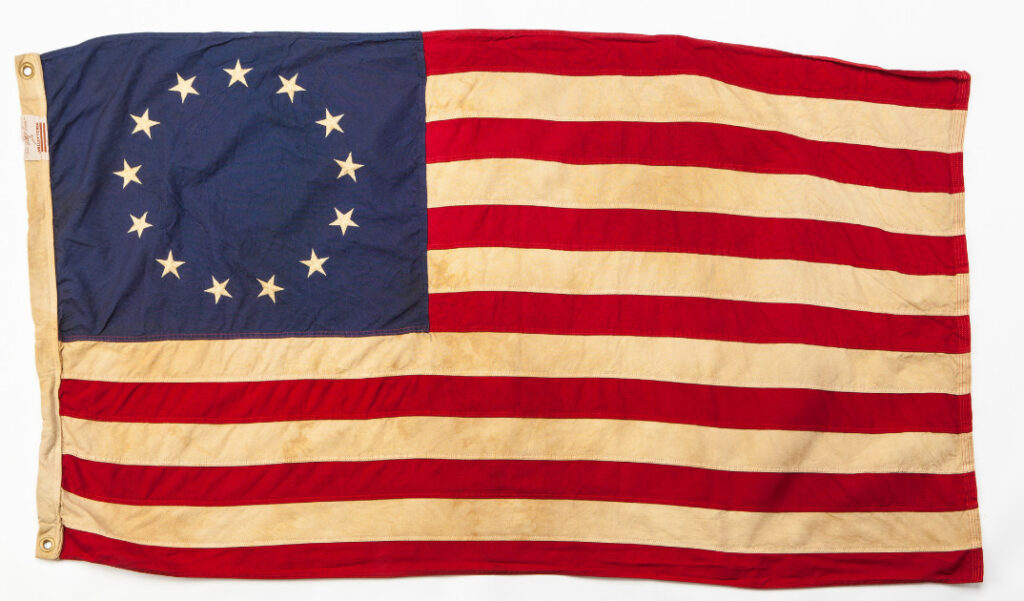
Revolutionary War Period
Delaware played a significant role in the Revolutionary War, contributing key leaders, troops, and support to the cause of American independence. Its strategic location made it an important player in the struggle for freedom, and Delaware’s leaders helped shape the early course of the new nation.
Caesar Rodney’s Famous Ride
One of Delaware’s most famous contributions occurred on July 1, 1776, when Caesar Rodney, despite suffering from illness, made an 80-mile overnight ride through a storm to reach Philadelphia. His timely arrival allowed Delaware’s delegation to cast a decisive vote in favor of independence, ensuring unanimous support from all thirteen colonies for the Declaration of Independence.
Washington Crossing the Delaware
Although the famous Washington crossing the Delaware River on the night of December 25, 1776, occurred north of Delaware (near Trenton, New Jersey), it had a symbolic connection to the colony. Troops from the Delaware Regiment were part of General Washington’s Continental Army and played a key role in subsequent battles during the campaign. Their bravery in battles such as Trenton and Princeton earned them recognition as one of the most disciplined and effective units of the Continental Army.
Contributions to the War Effort
Delaware’s Blue Hen’s Chickens, as the Delaware Regiment was famously known, earned a reputation for exceptional courage and discipline. They fought in critical battles, including the Battle of Long Island and Monmouth, despite being smaller in size than other regiments. Their nickname was inspired by the fighting spirit of gamecocks raised in Delaware, symbolizing the regiment’s tenacity on the battlefield.
Path to Statehood
After the war, Delaware swiftly embraced its new identity as part of an independent nation. On December 7, 1787, Delaware became the first state to ratify the U.S. Constitution, earning its proud nickname: “The First State”. This act demonstrated Delaware’s continued commitment to unity and a strong federal government.
19th Century Delaware
The 19th century was a transformative period for Delaware, marked by industrial growth, evolving transportation, and a complex role during the Civil War. As the state navigated changes in agriculture, commerce, and society, it maintained a unique position as a border state with both Northern and Southern influences.
Economic Growth and Industrialization
Delaware’s economy shifted from primarily agricultural to increasingly industrialized during the 19th century. The state’s fertile farmland continued to support crops such as wheat, corn, and fruits, but the rise of industry, particularly along the Brandywine River, became a major economic driver. The DuPont Company, founded in 1802 by Éleuthère Irénée du Pont, began producing gunpowder and later expanded into chemicals, becoming a cornerstone of Delaware’s industrial economy.
Shipbuilding and milling also flourished, with towns like Wilmington growing into important centers of commerce. The construction of railroads in the mid-1800s further boosted Delaware’s economy, facilitating trade and transportation across the state and beyond.

Delaware’s Role in the Civil War
During the Civil War (1861–1865), Delaware was a slave state, but it remained loyal to the Union. Despite its small size, Delaware’s strategic location between North and South made it significant. The state supplied soldiers and resources to the Union army, though some residents sympathized with the Confederacy, leading to internal tensions.
While slavery was legal in Delaware, the institution was already declining by the mid-1800s. Many enslaved individuals had been freed, and by the time of the Civil War, Delaware had one of the smallest enslaved populations among the slaveholding states. After the war, Delaware resisted immediate ratification of the 13th Amendment, which abolished slavery nationwide, though it was eventually adopted.
Social and Cultural Changes
The 19th century also saw shifts in Delaware’s population and social landscape. The growth of industry attracted immigrants, particularly from Ireland and Germany, who settled in urban areas. Wilmington, in particular, became a diverse, bustling city.
Educational and religious institutions expanded during this period, with Quakers, Methodists, and other groups playing significant roles in community life. Efforts toward social reform, including the temperance movement and early women’s rights initiatives, began to take root.
20th Century Delaware

The 20th century brought rapid economic development, social change, and modernization to Delaware. From industrial expansion to its role in both World Wars, Delaware transitioned from a primarily agricultural state to a center of manufacturing, finance, and innovation.
Industrial Expansion
Building on its industrial roots, Delaware saw significant growth in manufacturing, particularly through the continued success of the DuPont Company, which became a global leader in chemicals and materials. DuPont innovations, including the development of nylon, transformed industries and made Wilmington a hub for science and technology. Other major companies, such as Hercules Powder Company and General Motors, also contributed to Delaware’s industrial economy.
The state’s location along key transportation routes, including railroads and the Delaware River, facilitated trade and commerce. Wilmington emerged as an important financial center, especially with the rise of the banking and credit card industries later in the century.
Delaware in the World Wars
Delaware played a vital role in both World War I and World War II. Factories in the state produced essential war materials, from munitions to machinery. Thousands of Delawareans served in the armed forces, and the Port of Wilmington became a critical hub for shipping supplies to Europe.
During World War II, Delaware also hosted military installations, including Fort Miles at Cape Henlopen, which guarded the Delaware Bay and played a strategic role in coastal defense.
Post-War Growth and Suburbanization
After World War II, Delaware experienced significant population growth and suburban development. Advances in transportation, such as the construction of the Delaware Memorial Bridge in 1951, connected the state more closely to New Jersey and facilitated commerce and commuting. Suburbs expanded around cities like Wilmington and Dover, fueled by a growing middle class.
The late 20th century saw Delaware become a major player in the financial sector, thanks to the Financial Center Development Act of 1981, which attracted banks and credit card companies by offering favorable regulations and tax incentives. This move revitalized Wilmington’s economy and solidified Delaware’s reputation as a business-friendly state.
Social and Cultural Changes
Throughout the 20th century, Delaware witnessed major social transformations. The civil rights movement led to the desegregation of schools and public spaces, with notable cases such as Belton v. Gebhart (1952) contributing to the landmark Brown v. Board of Education Supreme Court decision that declared segregation unconstitutional.
Delaware also embraced cultural growth, with the establishment of museums, parks, and historic preservation initiatives. Institutions like the Delaware Art Museum and Hagley Museum celebrated the state’s rich industrial and artistic heritage.

Delaware in the 21st Century
In the 21st century, Delaware has continued to grow as a hub for business, innovation, and tourism while maintaining its rich historical and cultural heritage. The state has embraced technological advancements, environmental sustainability, and economic diversification to meet the challenges of a rapidly changing world.
Economic Development
Delaware remains a leader in the financial services industry, thanks to business-friendly laws and tax policies that attract corporations from around the world. Wilmington, in particular, has become a center for banking, credit card services, and fintech. Major corporations, including DuPont, Corteva, and Chemours, continue to drive innovation in chemicals and materials.
In addition to finance and manufacturing, Delaware has invested in healthcare and biotechnology industries. Institutions such as ChristianaCare and the Delaware Innovation Space have contributed to advancements in medical research and life sciences.
Environmental Initiatives
Delaware faces unique environmental challenges due to its low-lying geography, making it vulnerable to rising sea levels and coastal erosion. In response, the state has implemented various sustainability initiatives, focusing on coastal preservation, renewable energy, and reducing carbon emissions. The Delaware Coastal Management Program works to protect natural resources while balancing economic growth.
Education and Technology
Delaware has prioritized education and technology in the 21st century. Programs like Pathways to Prosperity have been launched to prepare students for careers in high-demand fields such as healthcare, IT, and advanced manufacturing. The state has also expanded access to broadband internet, ensuring that residents in both urban and rural areas can benefit from digital connectivity.
Cultural and Tourism Growth
Delaware continues to attract visitors with its beaches, state parks, and historical landmarks. Popular destinations such as Rehoboth Beach, Cape Henlopen State Park, and Winterthur Museum showcase the state’s natural beauty and rich history. Events like the Firefly Music Festival and Delaware State Fair draw large crowds annually, boosting the local economy.
Political Influence
Delaware gained national attention when Joe Biden, a longtime resident and former U.S. Senator from Delaware, was elected as the 46th President of the United States in 2020. His election brought focus to the state and highlighted its role in national politics.
